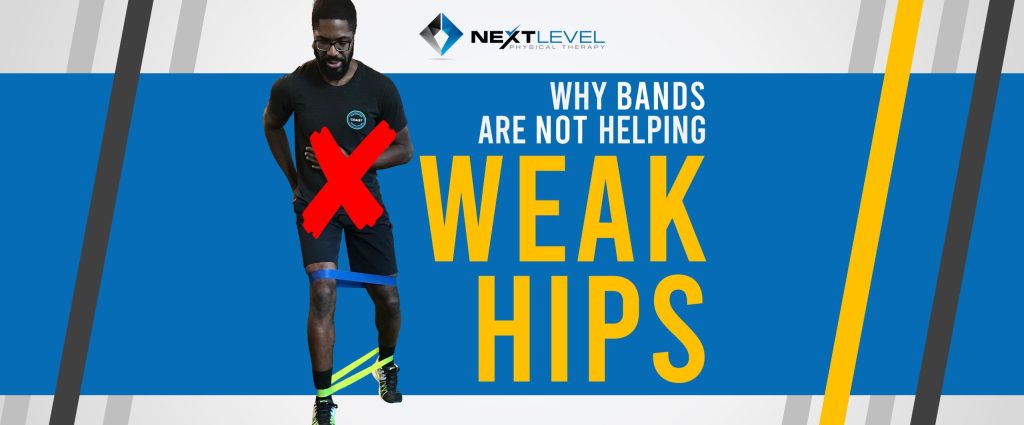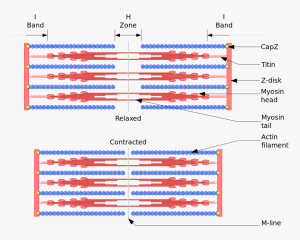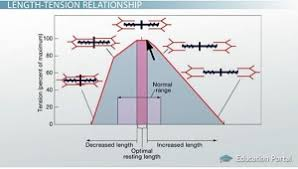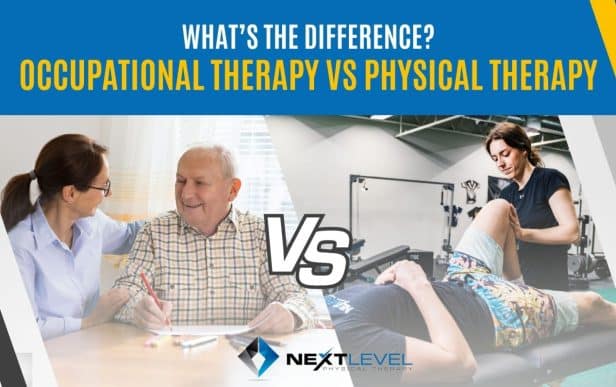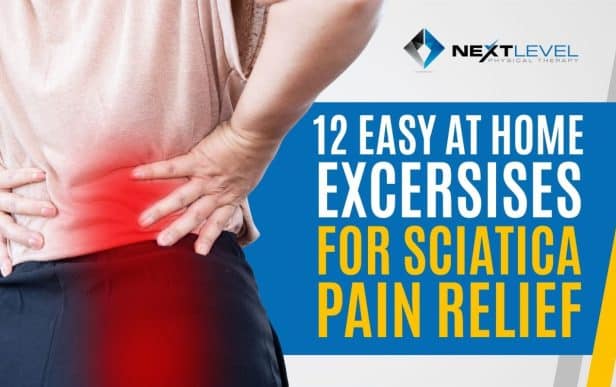Author: Dr. Elyse Dinan, DPT
Many people are told that their knee pain, hip pain, or low back pain is caused by weak hips. This conclusion is often made after strength testing shows difficulty activating muscles like the glutes, which play a major role in hip and pelvis stability.
The most common solution is banded hip strengthening. This usually looks like placing a resistance band around the knees for side steps, monster walks, or clamshells. While these exercises are popular, they often fall short and do not lead to meaningful pain relief or long term improvement.
Let’s look at why that might be, and what a more effective approach actually looks like.
Understanding the Length Tension Relationship
All muscles operate under what is known as the length tension relationship. This means the amount of force a muscle can produce depends on the length it starts at.
A simple way to understand this is by thinking about a pull up. Starting from a dead hang at the bottom is very difficult. If you start with your elbows already bent, the movement feels much easier. At the very top of the pull up, the last portion is also challenging.
The strongest point is somewhere in the middle of the movement.
This happens because muscles produce the most force when they are neither fully stretched nor fully shortened. Much like the Goldilocks principle, the middle range is just right.
What Is Happening Inside the Muscle
Muscle fibers contain tiny structures called actin and myosin. These filaments overlap and interact to create contraction. Myosin heads attach to actin and pull, shortening the muscle.
When a muscle is overly stretched, there is less overlap between actin and myosin, making it harder to generate force. When a muscle is fully shortened, there is very little room left for further contraction. In both cases, force production is reduced.
Maximum strength occurs when the muscle starts in the middle of its available range, where overlap is optimal.
Why Your Hips May Appear Weak
Now let’s apply this to the hips.
Sometimes hip weakness is real. However, very often the issue is not true weakness but the position the hips are resting in.
If the glutes are already held in a shortened or contracted position, they will struggle to squeeze any further. This presents as weakness during testing. On the other hand, if the glutes are excessively lengthened, they may not be able to generate enough force either.
These resting positions are influenced by pelvic position. Tight or loose muscles are often the result of the position they are held in, not the original cause of the problem.
This is something that can be identified with a proper movement assessment.
Why Bands Often Miss the Mark
If hip position is the underlying issue, adding a resistance band and doing more strengthening does not solve the problem.
In fact, if someone is already in an over contracted state, banded exercises can make things worse by reinforcing poor starting positions. This can further limit force production and continue to feed pain patterns.
This is why many people perform band exercises consistently and never feel stronger or more stable.
A Better Approach
The first priority should be restoring the hips to a more neutral position so they can operate in that strong middle range.
Once the hips are in a better position, strengthening exercises become far more effective. At that point, resistance training reinforces good mechanics instead of fighting against them.
The exact exercises needed depend on how the hips and pelvis are positioned at baseline. This requires an individualized assessment to determine whether muscles are starting in a contracted or lengthened state and what needs to change to restore balance.
After that, strength training can be layered on safely and productively.
Whether you are dealing with knee pain, hip pain, low back pain, or simply feel like your performance has plateaued, addressing hip position is often the missing piece. When that foundation is restored, strength gains come more easily and pain is far more likely to resolve.
